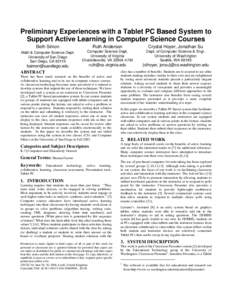 Date: 2004-06-10 14:43:18Distance education Philosophy of education Teaching Interactive whiteboard E-learning Einstruction Active learning Mobile Computer Supported Collaborative Learning Just in Time Teaching Education Educational technology Educational psychology | |  Preliminary Experiences with a Tablet PC Based System to Support Active Learning in Computer Science Courses Beth Simon Math & Computer Science Dept. University of San Diego San Diego, CA 92110 Preliminary Experiences with a Tablet PC Based System to Support Active Learning in Computer Science Courses Beth Simon Math & Computer Science Dept. University of San Diego San Diego, CA 92110
Add to Reading ListSource URL: www.cs.virginia.eduDownload Document from Source Website File Size: 942,74 KBShare Document on Facebook
|

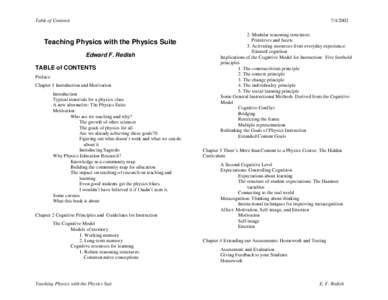
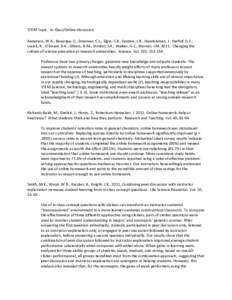
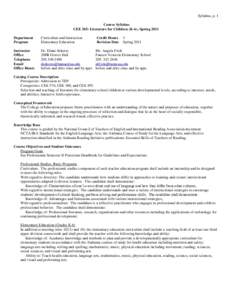
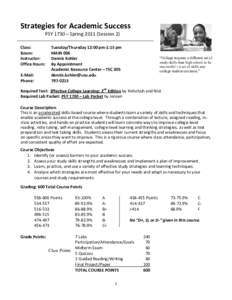
 Preliminary Experiences with a Tablet PC Based System to Support Active Learning in Computer Science Courses Beth Simon Math & Computer Science Dept. University of San Diego San Diego, CA 92110
Preliminary Experiences with a Tablet PC Based System to Support Active Learning in Computer Science Courses Beth Simon Math & Computer Science Dept. University of San Diego San Diego, CA 92110